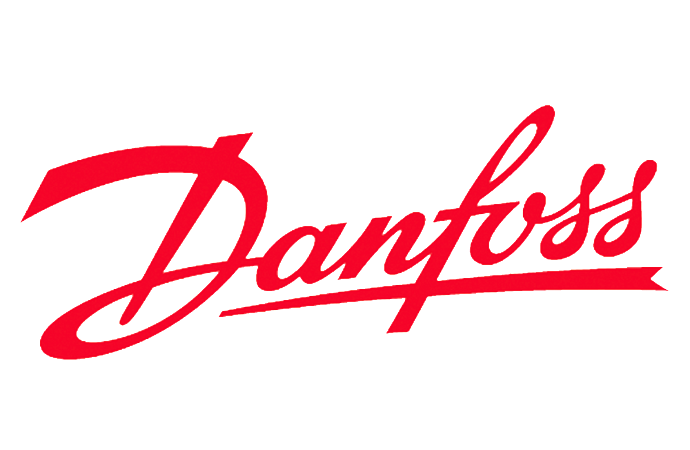The largest specialty cheese factory in the southern hemisphere lies in the small port city of Burnie on the north-west coast of Tasmania, Australia. As part of an AU $150 million (€105 million) upgrade to amalgamate several of Lion’s plants, the company installed a packaged ammonia chiller system, which is estimated to increase the refrigeration capacity by up to 400%.

Lion cheese rethink is another win for low-charge ammonia
The largest specialty cheese factory in the southern hemisphere lies in the small port city of Burnie on the north-west coast of Tasmania, Australia. As part of an AU $150 million (€105 million) upgrade to amalgamate several of Lion’s plants, the company installed a packaged ammonia chiller system, increasing the refrigeration capacity by up to 400%..
With a population of just under 20,000, Burnie has long been a valuable port for the manufacturing, forestry and dairy farming industries in Australia.
The growth of Lion cheese’s newly refurbished Burnie plant meant that the company’s ageing refrigeration system was no longer supplying the growing international demand for the food and beverage manufacturer’s dairy products.
Traditional ammonia plant versus packaged ammonia chiller
A new refrigeration system became pivotal for Lion to process the 110 million litres of milk required (for parmesan, brie and camembert) to supply Australian and burgeoning Asian markets, annually.
Before a lengthy tender process, Lion was considering a traditional ammonia central plant layout, comprising an engine room, evaporative condensers, flooded receiver, compressors, high-and low-temperature accumulators and chilled water storage tank to replace components - some of which were 40 years old.
But with the help of engineering consultancy firm pitt&sherry, Lion decided to shelve those plans in favour of a packaged ammonia chiller system when it was found the system could increase the refrigeration capacity by up to 400%.
In light of the company’s aims to increase production twofold, this was music to their ears.
Senior engineer on the project, John Wiley, admitted, ‘the system had finally outgrown itself.’ “The total rated refrigeration capacity available was less than 25% of the predicted refrigeration load of the new facility,” he said.
The new, cutting-edge plant uses robots to pack roughly 11,000 tons of premium cheese every year, which makes up almost 30% of specialty cheese sales in the Australian food retail sector.
Packaged solution no roar deal
Refrigeration is a critical cog in the cheese making process from milk pre-cooling, milk storage and pasteurisation, to soft ripened cheese coagulation, pressed-cheese brine bath cooling, cool rooms, maturing rooms and climate control.
To meet a capacity of 2.6 MW, three refrigeration options were considered, with the final decision to incorporate four 700 kW compressors, as well as two 1,750 kW cooling towers for heat recovery.
Despite a minor energy-efficiency penalty associated with the packaged chiller system, due to higher cooling waters from the ammonia condenser and increased fan airflow, the numerous advantages far outweighed the penalty.
“The packaged system’s advantages were deemed to outweigh the energy-efficiency penalty and a decision to proceed with the packaged refrigeration solution was made,” Wylie said.
Advantages of low charge
- Much lower ammonia charge (up to 90%)
- Noise emissions contained within each unit
- Lower capital cost
- Smaller environmental footprint than a central-engine-room layout
- Machine room not necessarily required
- Ease of future upgrades.
Design and compressor energy efficiency
Lion’s next step was to investigate energy-efficiency outcomes in the event of compressor failure, without compromising operations. To do this an hourly analysis of HVAC loads was carried out over a full year.
Preliminary analysis found that three compressors would service all loads up to the 95th percentile load, while four compressors were needed for roughly 50 hours yearly.
“If a compressor was lost due to breakdown or maintenance there would be a negligible impact on operations of the plant,” Wylie said.
The analysis showed that for 1,500 hours a year, the refrigeration load would be around 100 kW - suited to one 700 kW compressor; and for 2,000 hours per year the load would be around 1,000 kW - suited to two 700 kW compressors.
In addition to the compressors, other energy-efficiency measures adopted included use of variable frequency drives (VFDs) on the secondary chilled water pumps and the cooling tower fans.
MORE INFORMATION
Related stories



